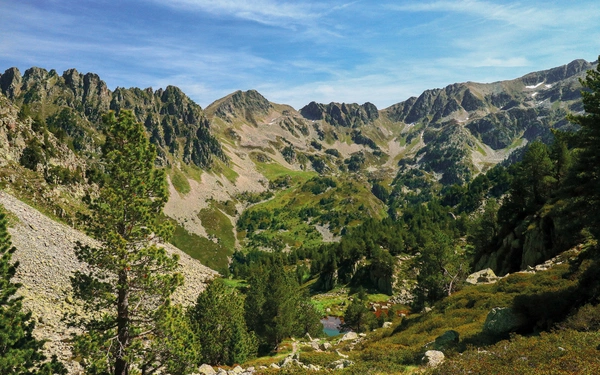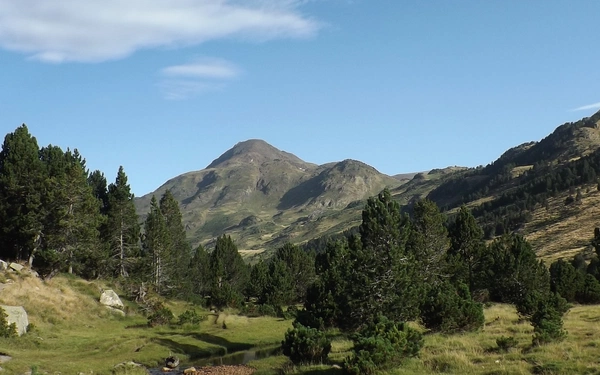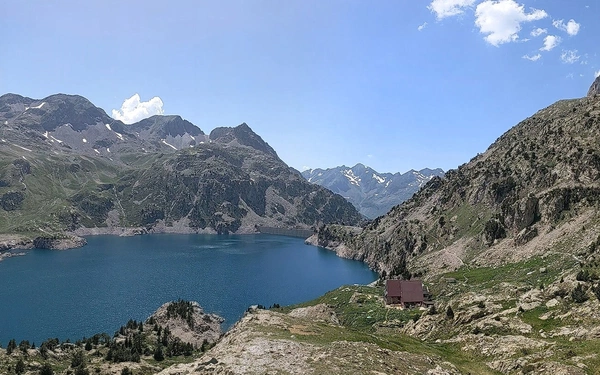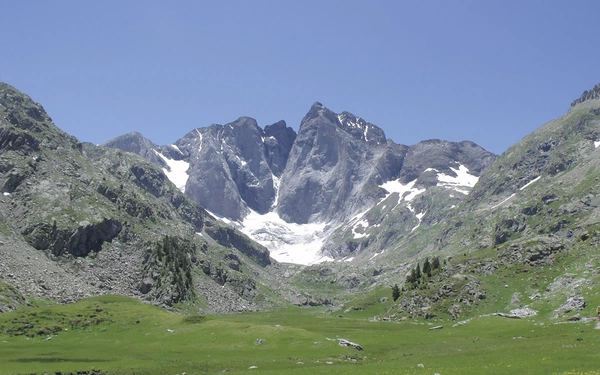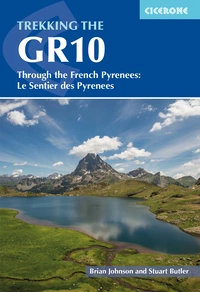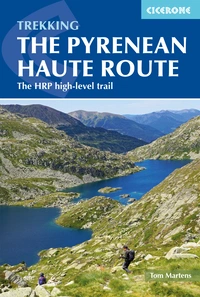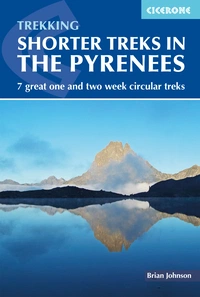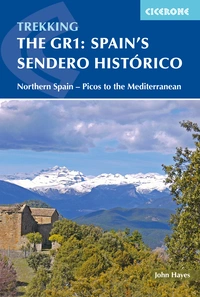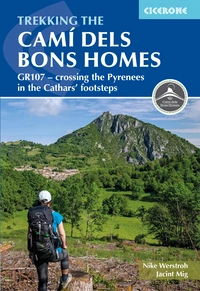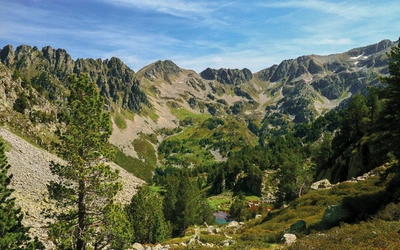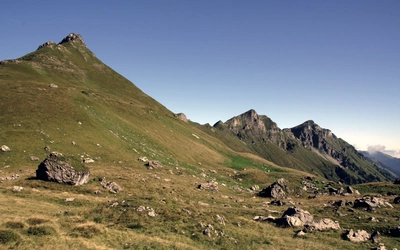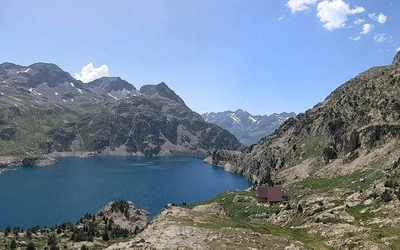Long-distance trails in the Pyrenees – everything you need to know
Would you like to hike across the breathtaking landscapes of the Pyrenees? Iconic routes include the renowned GR10 and GR11, the challenging HRP (Haute Randonnée Pyrénéenne) and the lesser-known, but no less beautiful, historic Camí dels Bons Homes (GR107). There are also numerous shorter routes that take less than 2 weeks. From trail highlights to tips for success, here are our go-to resources for planning a trip and unlocking the secrets of these majestic mountains.
Essential articles
Featured guidebooks


